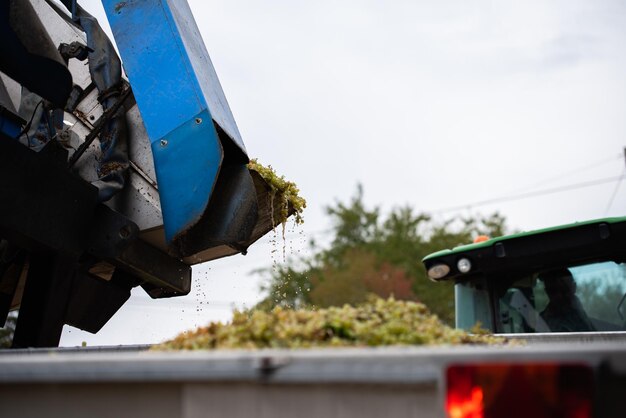How to Safely Say Goodbye to Roof Moss: An Easy Guide
Moss on your roof shingles may add a charming, rustic look to your home, but it also poses significant risks to the longevity of your roof. Moss holds moisture, which can lead to rot and compromise the structural integrity of the roofing materials. Removing it is essential not only for aesthetic reasons but also to ensure the durability of your roof. Here’s how you can get rid of moss safely and effectively.
Step 1: Safety First
Before you start, safety is a priority. Use a sturdy ladder, preferably one with an extendable arm for stabilization. Wear non-slip shoes and a harness for additional safety, especially if your roof is steep. Enlisting the help of a family member or friend to stabilize the ladder can also make the task safer.
Step 2: Gather Supplies
You'll need a few basic items to tackle the moss effectively:
- A soft bristle brush or a broom: Avoid using wire brushes which can damage the shingles.
- A moss removal solution: Create a mixture using equal parts of water and white vinegar or use a commercial moss killer from a hardware store.
- A garden sprayer or pump sprayer: This will help you apply the solution evenly across your roof.
Step 3: Application Process
Weather Check: Ensure it's a dry, overcast day, avoiding rain which can wash away the treatment before it’s effective.
Spray the Solution: Use the sprayer to apply your moss removal solution across the shingles, carefully saturating the mossy areas. Let it sit for about 15-20 minutes to weaken the moss.
Scrub Gently: Use the soft brush to gently scrub the shingles, starting at the top and working your way down to avoid lifting the shingles.
Rinse and Clean: After scrubbing, rinse the roof thoroughly with a garden hose, ensuring all the moss and solution are washed away. Avoid using a pressure washer as this can damage shingles.
Step 4: Prevention is Key
Preventing future moss growth is an essential step:
- Install a zinc or copper strip just below the peak of your roof. When it rains, these metals react with water to create an environment that discourages moss growth.
- Trim back any overhanging branches that provide shade to help keep the area dry and moss-free.
- Regular Maintenance: Check your roof periodically, especially after the winter months, to nip any moss growth in the bud.
And If the DIY Route Isn’t for You...
Removing moss can seem daunting, and if climbing on the roof isn't your strength, consider hiring a professional. Investing in professional roof cleaning not only promises peace of mind but also increases your roof's lifespan, thereby saving money in the long run.
After dealing with your roof, it might interest you to explore financial or educational programs designed to ease expenses and prepare for unexpected outlays, such as roof repairs.
Here's a brief list of resources you might find useful:
- 🌿 Home Improvement Grants: Check local government programs that might offer financial aid for necessary home repairs.
- 💳 Credit Card Solutions: Some credit cards offer rewards or cash back on home improvement purchases.
- 📚 Educational Grants: For those looking to pursue home maintenance as a professional skill, educational grants are available for trade schools and certifications.
- 🏡 Refinance Options: Reducing monthly mortgage payments might free up space in your budget for home upkeep.
- 🏠 Weatherization Assistance Programs: Federal and state programs provide support to improve energy efficiency in homes, which often includes roof repairs.
Keeping your roof in top condition ensures your home is protected from elemental damage, thus maintaining its value and providing a secure shelter for years to come.
